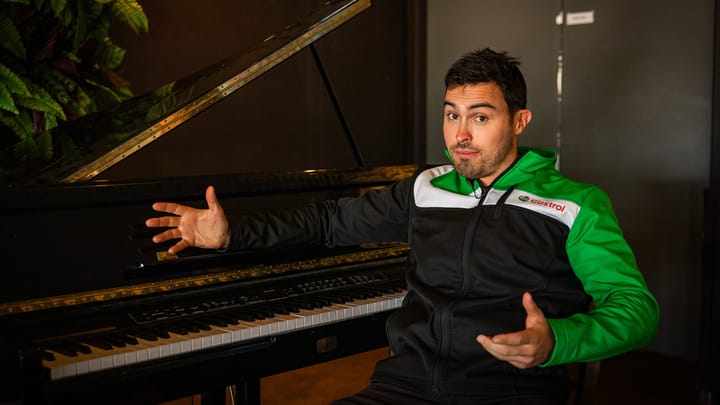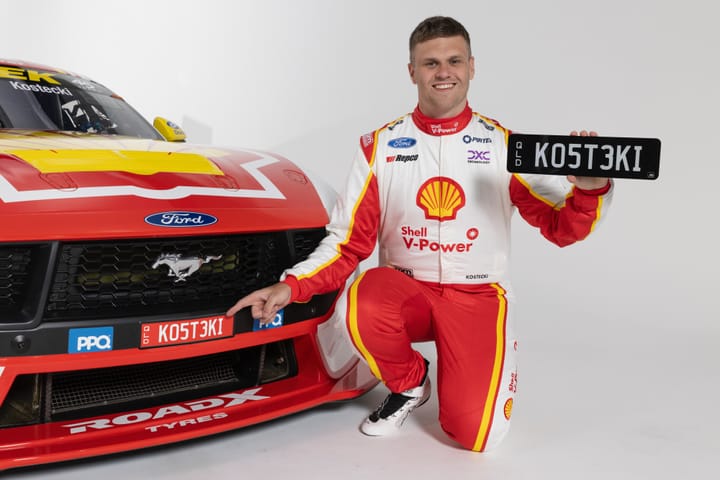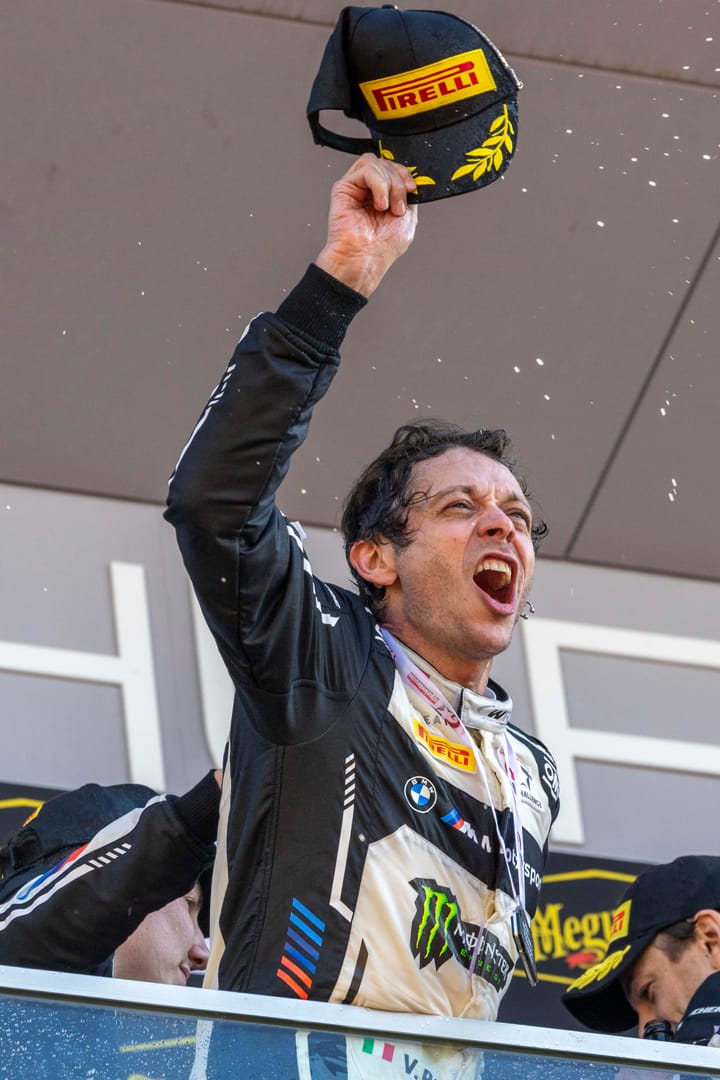Motorsport is a Numbers Game

Lewis Hamilton is 44 and Valentino Rossi is 46.
Between the pair they have 15 world titles and their racing numbers are as personal as their signatures.
Hamilton is so attached to his #44 that he only replaced it with the world champion’s #1 for long enough to allow Mercedes-Benz to get the essential on-track celebration pictures, while the #46 has been a merchandising gold mine for Rossi for more than a decade.
It’s a similar story for the competition numbers of many of the world’s greatest drivers.
Allan Moffat was #9, Barry Sheene was #7 – with a slash across the centre, German style – Dale Earnhardt was #3 and Richard Petty was #43.
Things are not quite so clear-cut in Supercars today, where the numbers are owned by the teams through their Racing Entitlements Contracts.
But there are some numbers which are forever tied to their drivers, and each has their special backstory.
Race News has the inside line on the top five:
5) #51 Greg Murphy
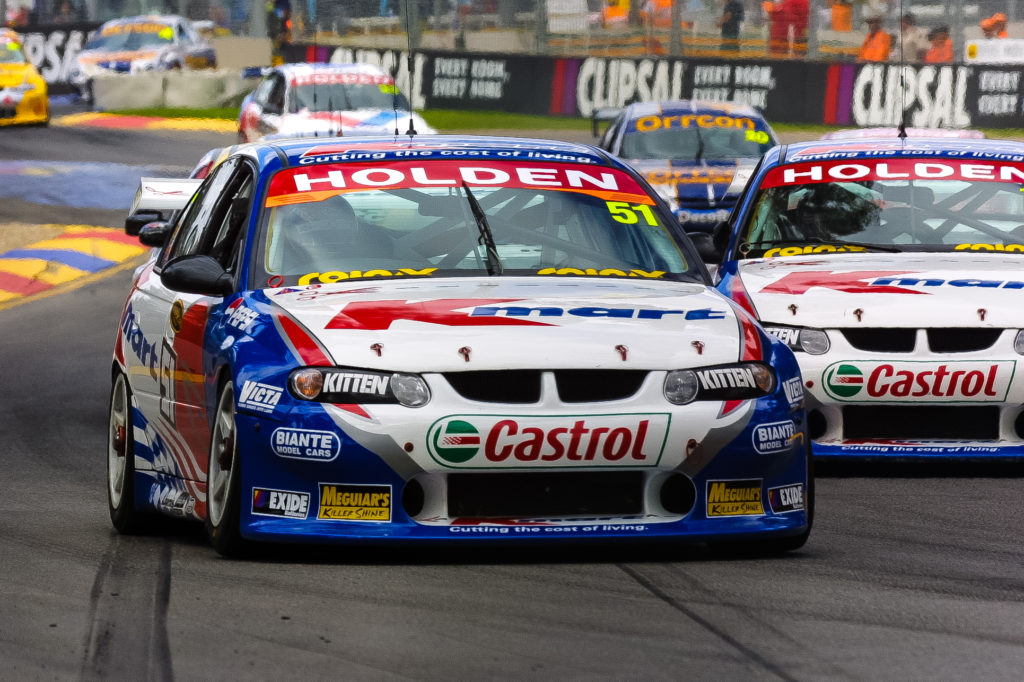
Murphy used his signature #51 through 11 seasons and five teams.
Four of his most emotive Supercars victories were scored on home ground at Pukekohe with Commodores wearing #51, and he also set the famous ‘Lap of the Gods’ in qualifying at Bathurst before going on to win the race in 2003.
But there is no magic when #51 was selected in 2001 by the then-new K-Mart Racing. It was purely practical.
Having inherited #15 from the Holden Young Lions program, the team’s sticker cutter suggested simply reversing the number to minimise extra work.
After his stint at K-Mart, Murphy took #51 to Paul Weel Racing, Tasman Motorsport and then Paul Morris Motorsport, before adopting #11 at Kelly Racing in 2011.
The #51 spent a year with the Greg Murphy Racing Super2 squad before being secured by Kelly Racing for what turned out to be Murphy’s final full-time season in 2012.
4) #11 Larry Perkins
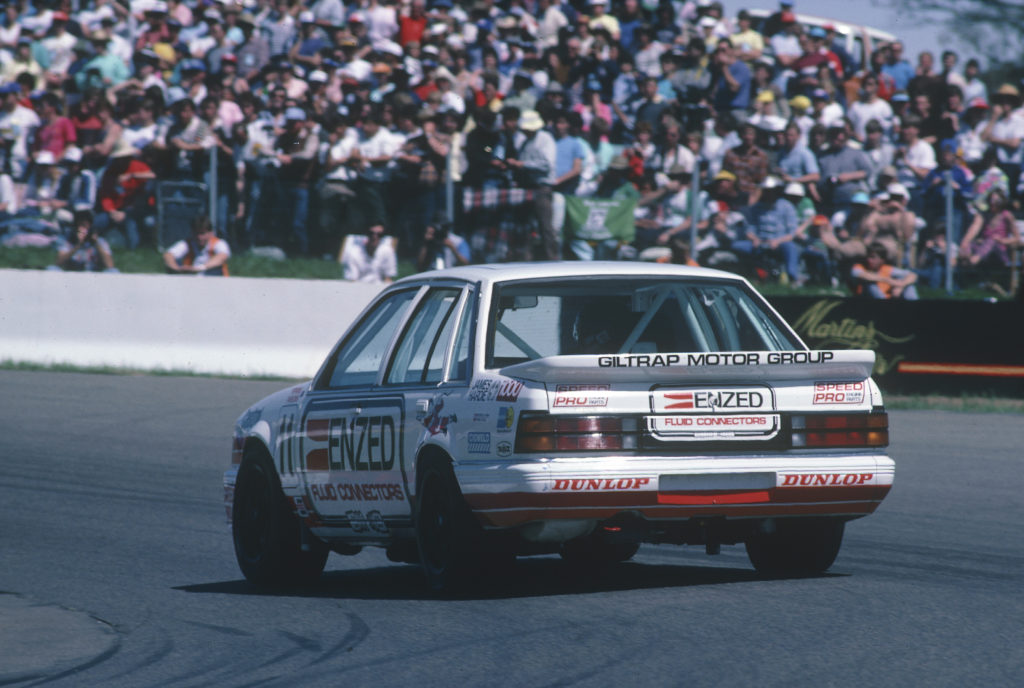
When Murphy used #11 in 2011, he was continuing a legacy started by another Holden Bathurst hero – Larry Perkins – 25 years earlier.
Perkins used the #11 from the time he set up his own Perkins Engineering squad in 1986 after leaving Peter Brock’s Holden Dealer Team and it was on his Commodores for the Bathurst wins in 1993 with Gregg Hansford, then 1995 and 1997 with Russell Ingall.
It too had humble origins, as the ever-practical Perkins selected the number for its ease of application.
When Perkins retired from driving at the end of 2002, the number continued with his team before transferring to Kelly Racing with the sale of the business for ’09.
In Kelly Racing’s first year it was fittingly sported by Larry’s son Jack Perkins, who had also raced under it at the family team.
The #11 was dropped by Kellys in 2013 thanks to a sponsorship deal with Norton 360, but was used as recently as Bathurst ’18, where the team ran a Perkins tribute livery.
3) #888 Triple Eight Race Engineering
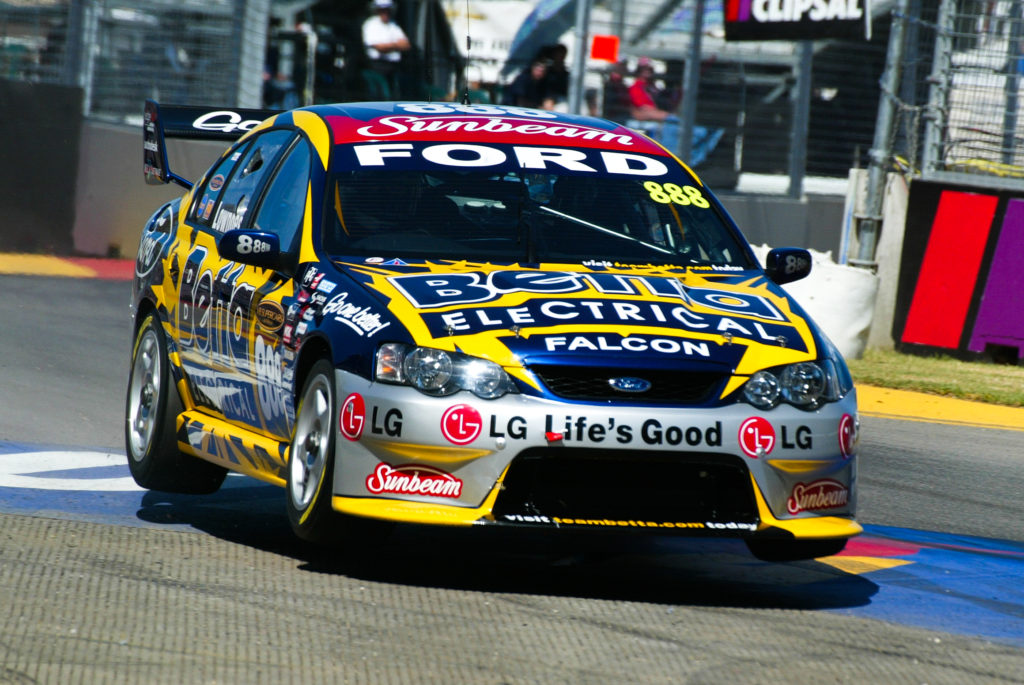
The #888 was brought into Supercars by Roland Dane, who knew the number’s lucky connection to Chinese culture through extensive business dealings in Asia.
He used Triple Eight as the name for his original GM-Vauxhall touring car team in the UK and brought the name and number with him to Australia when he bought the John Briggs team.
The #888 was in use in 2003 at Brad Jones Racing for John Bowe, whose tie to the number came through the Prancing Horse production car team.
A deal was struck for Triple Eight to adopt it in time for the team’s first full Supercars season in 2004, campaigned that year by Max Wilson before Lowndes arrived a year later.
The #888 was carried by Craig Lowndes from 2005 until his retirement from full-time driving at the end of ’18, taking six Bathurst wins in that period.
In 2019 it was only used for the Enduro Cup, replacing Jamie Whincup’s regular #88 when he teamed up with Lowndes for the long-distance races.
2) Dick Johnson’s #17
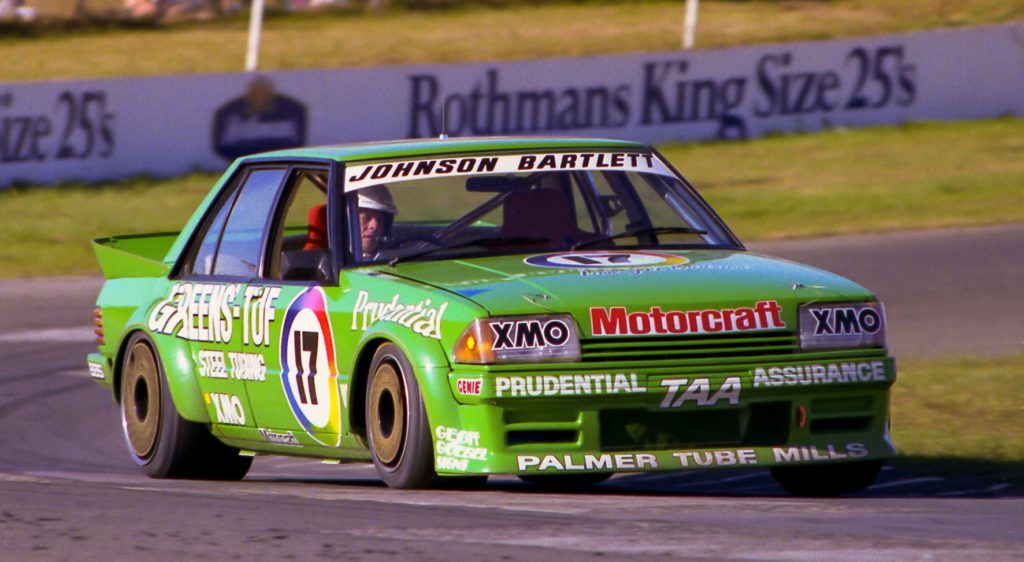
The story of Johnson’s #17 harks back to the late 1960s, when the Queenslander reversed teammate Graham Littlemore’s #71 to apply to his EH Holden.
That fact that it is still in use at DJR Team Penske on superstar Scott McLaughlin’s Ford Mustang, instead of the coveted #1 usually run by the champion, is the ultimate sign of the number’s legendary status.
In the early days, Johnson raced with various other numbers during his early days before eventually settling on #17 and carrying it from the Bryan Byrt Ford team to his own squad in 1980.
Like McLaughlin in recent years, Johnson retained #17 instead of taking #1 after each of his five Australian Touring Car titles, and also won three Bathurst classics with the number.
When Johnson retired from driving at the end of 1999 the #17 was passed to his son Steven, who raced with it until his own retirement 14 years later.
It was retained by the Queensland squad when Team Penske took majority ownership in 2015 and is currently run alongside the #12, which has been used extensively by Penske in the US.
1) Peter Brock’s #05
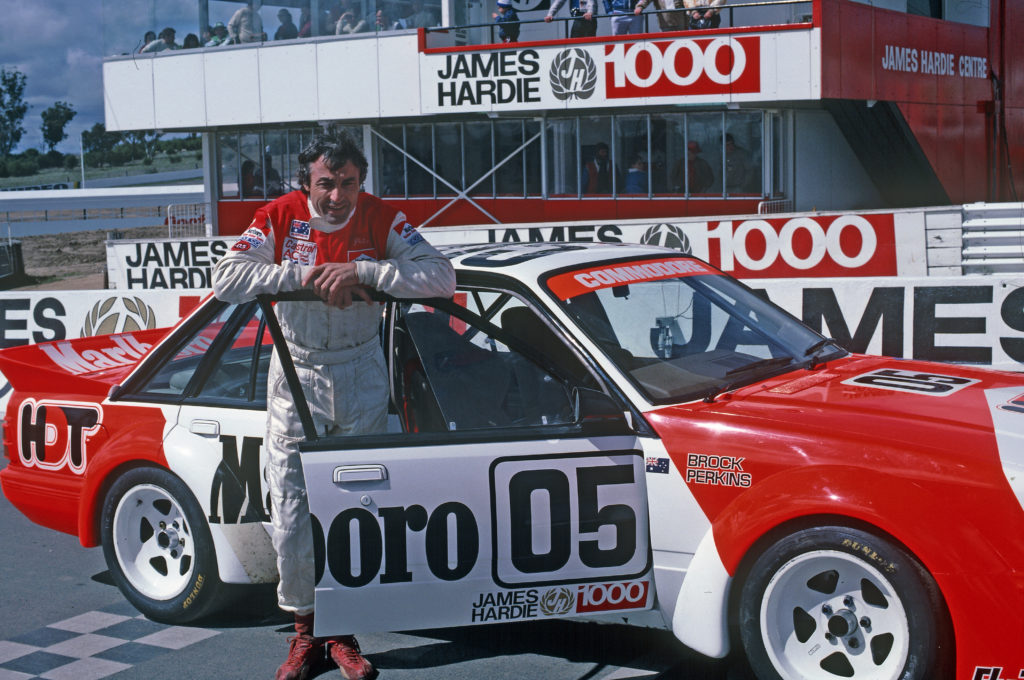
Peter Brock’s #05 ticks all the boxes for a legendary number
It’s unique, it carries a special meaning, and it was raced with great success.
It even required a special dispensation from CAMS because for a time it was considered as advertising for the Victoria Road Safety and Traffic Authority, which had commissioned Brock as its road safety ambassador.
Its use began in 1975 to focus on Victoria’s new .05 blood alcohol limit, although it was only ever used with the full stop at the Sandown 500 and Brock had to carry #5 for that year’s Bathurst victory.
Soon though #05 was a full-time staple, carrying through to the end of Brock’s full-time driving career in 1997 with the Holden Racing Team, and then beyond with his various other racing exploits including his final Bathurst starts in 2002 with Team Brock and 2004, when he did not actually race after Jason Plato crashed their HRT Commodore.
Like Johnson, Brock retained his special number instead of the #1 after each of his three Australian Touring Car titles.
But only five of his nine Bathurst wins came with #05, having been absent for his first two triumphs and those achieved thanks to car swaps in 1983 and 1987.


